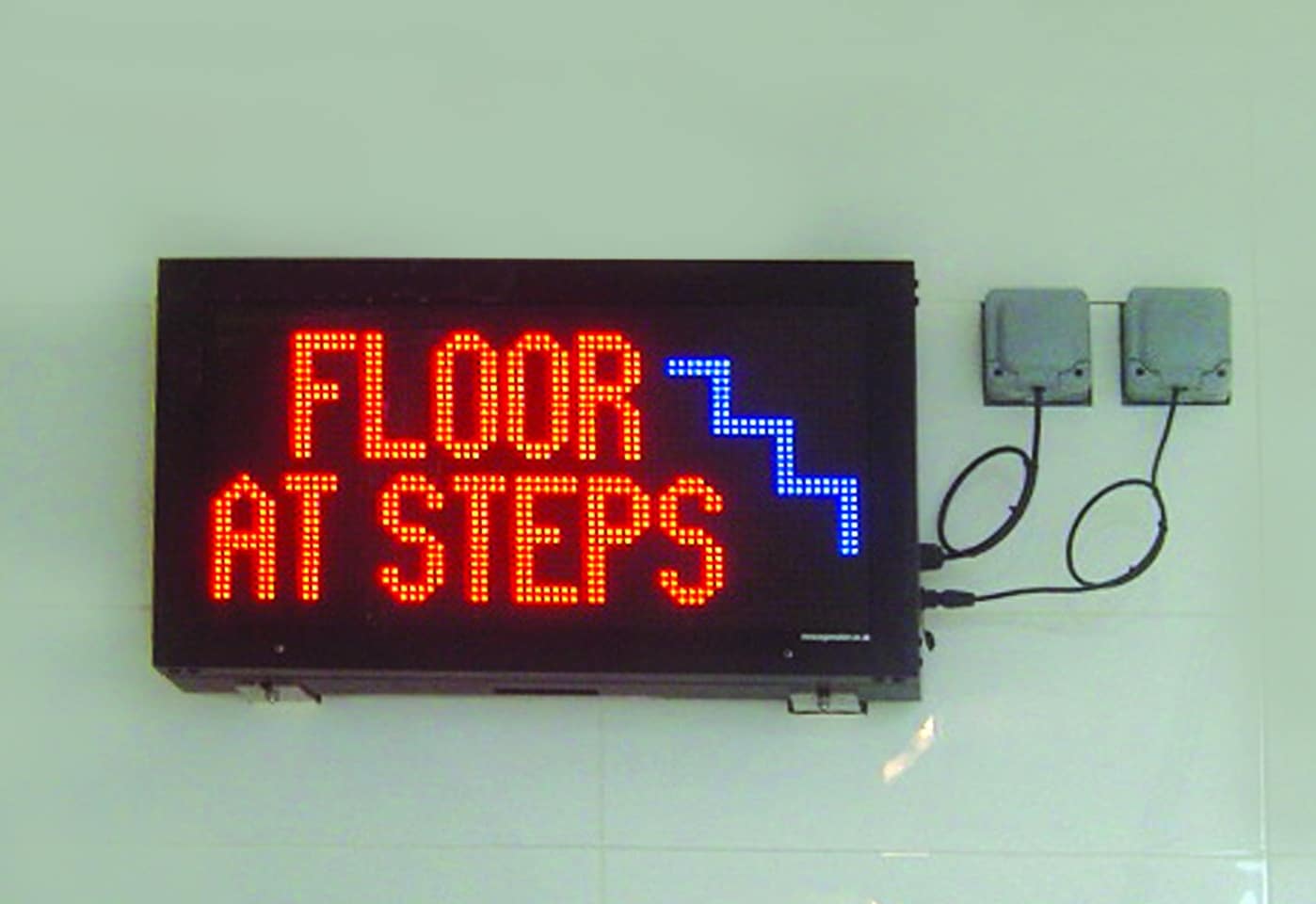Whats resolution to the problem of specifying the correct resolution on a big LED screen?
2nd December 2013
So many people ask us, whats the correct resolution for an LED display? It’s a key question because if you get it wrong it either means you’ve spent a lot more money than you had to – or the display looks utter rubbish.
First thing to say is that the rules are different for displays showing all or mainly text, to those showing images, animations or video. For text based displays you can work to a much lower satisfactory resolution – I’ll talk about this in another blog post.
For big screens showing video, images or animations there are a few key guidelines:
Rule 1. Minimum viewing distance at which you can see an understandable image (or part of image) is usually within a few metres. At this distance you are still seeing individual pixels forming that image.
Rule 2. Minimum viewing distance at which you see a fully resolved image is approximately The Pixel pitch x 2000. So a 10mm pixel pitch screen delivers a fully resolved image at approx 20 Metre viewing distance. Personally I find this easier to remember as 2 x the pixel pitch in mm and then convert to metres – its the same number but I am a man of little brain and find it easier to multiply by 2 than 2000. You can shorten this distance by turning the screen brightness up – but there comes a point where that’s not practical.
Rule 2 is more important than Rule 1. But the grey area for specifiers occurs in the middle distance between those two distances.
For example, I’m looking right now at a big screen 6mm pixel pitch display in our office, I’m over 12M away so it looks lovely. If I move to 5 or 6 Metres away I can still see the image in it’s entirety but I’m seeing that it is built of individual pixels. Does that make it unacceptable? Well, no. Not in my opinion. It’s still delivering a high impact image that looks great.
We’re spoilt nowadays with incredible resolutions on even small screen devices, so designers and specifiers get twitchy when they’re told an LED screen might be 300 x 400 pixels and start worrying about the sharpness of the image. But they’ve got to stop worrying so much about resolution and start thinking of the impact of the screen!
LED has so much more brightness and vivid colour that it delivers very high impact. I’ve seen high street windows fitted with HD LCD screens that deliver great resolution – but you can barely see it on a sunny day. An LED screen of 6mm pitch of similar size with a laughably low resolution on paper, delivered a much higher impact.
Sometimes designers will deliberately choose a very low resolution screen either because the pixel effect is considered desirable, or because it enables a budget constraint to be met.
When specifying pixel pitches we always ask what the intended minimum and maximum viewing distances are. Then we ask where the majority of viewers will be. Then we tend to size the pixel pitch to a distance around half the distance that the majority of viewers will be. Viewers will usually perceive the quality of image on an LED screen to be higher than it actually is.
My discussion here is related to large format LED displays using LED tiles with pixel pitches of between 1.9-150mm. These are true LED displays. OLED displays and LED backlit LCD screens are other technologies and are naturally smaller screen, higher resolution products.
 BACK
BACK


